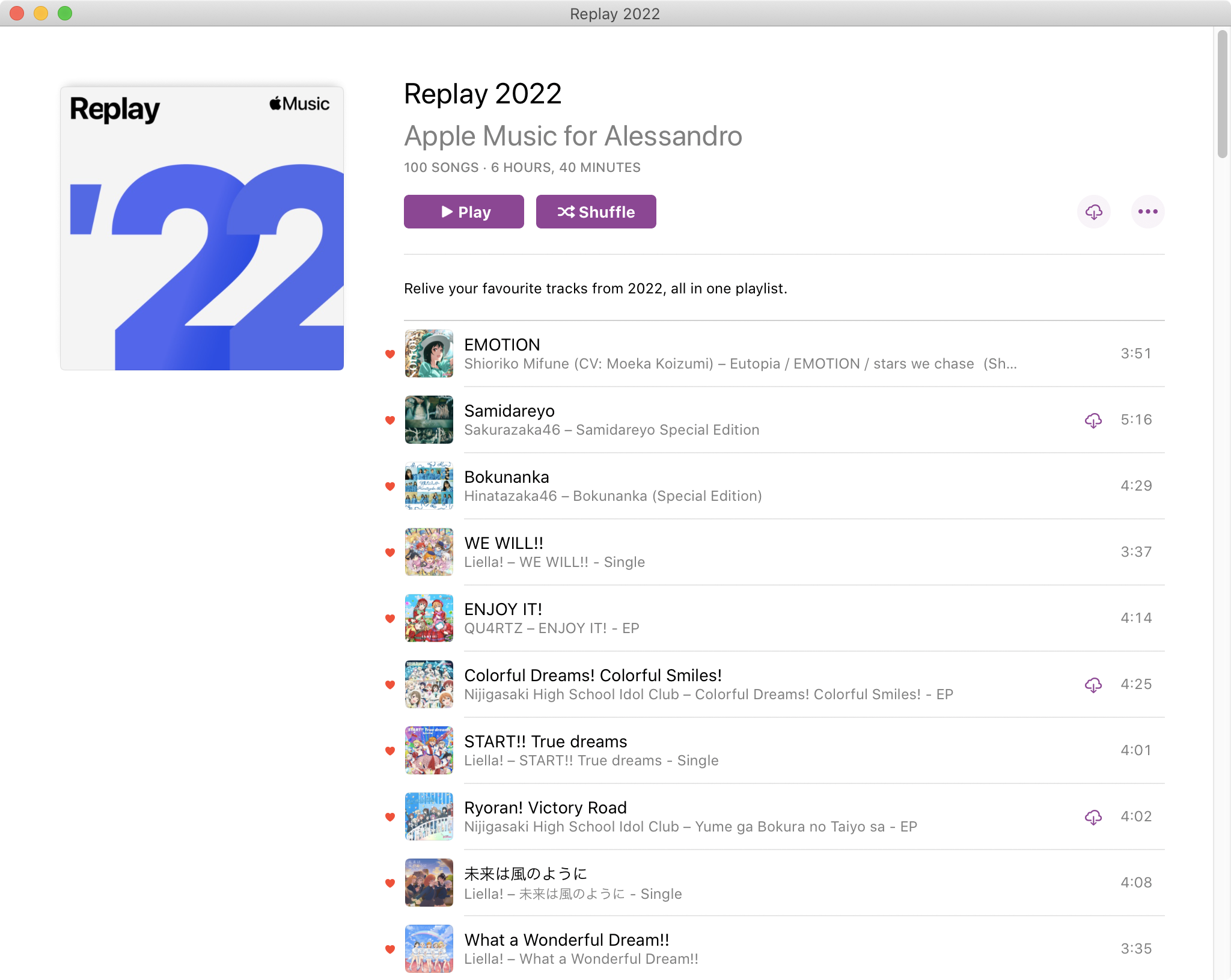
Let’s explore together my journey through 2022 as I engage in game jams, tackle coding challenges, nurture my digital garden, and experiment in the kitchen. Delve into the ups and downs of the year as we reflect on the learnings and experiences that shaped it.
Table of Contents
Game Development
This year, the majority of my efforts were directed towards progressing my RPG-2021-b project. I’ll discuss the details in the following section.
Additionally, I stretched my creative and technical muscles by participating in the Ludum Dare game jam once again, which served as an exciting and challenging experience.
RPG-2021-b Progress Update
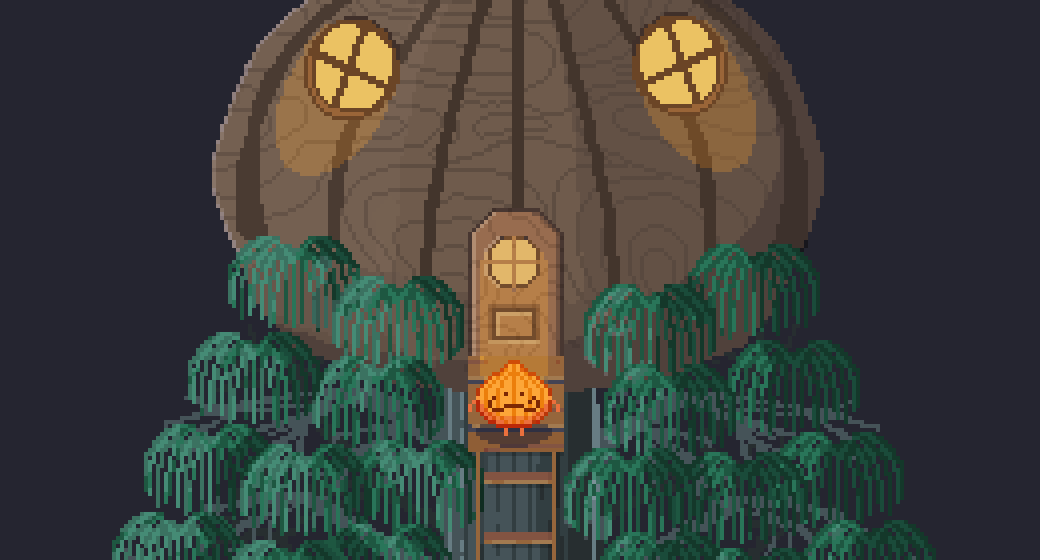
With RPG-2021-b, I’ve taken another step forward in my game-making adventure. It’s a game dev project that allows me to improve my game design skills, much like what I did with my last game, Lands of Ambustio.
I wanted to make battles more fun and lively this time around, so I decided to build a brand new battle system from the ground up. In this system, your party members have a limited amount of “energy” to use for various moves. The player can choose to either use all the “energy” available in the current turn or save it for later turns. Both you and the enemies play by these rules, hopefully making battles feel more strategic and full of surprises.
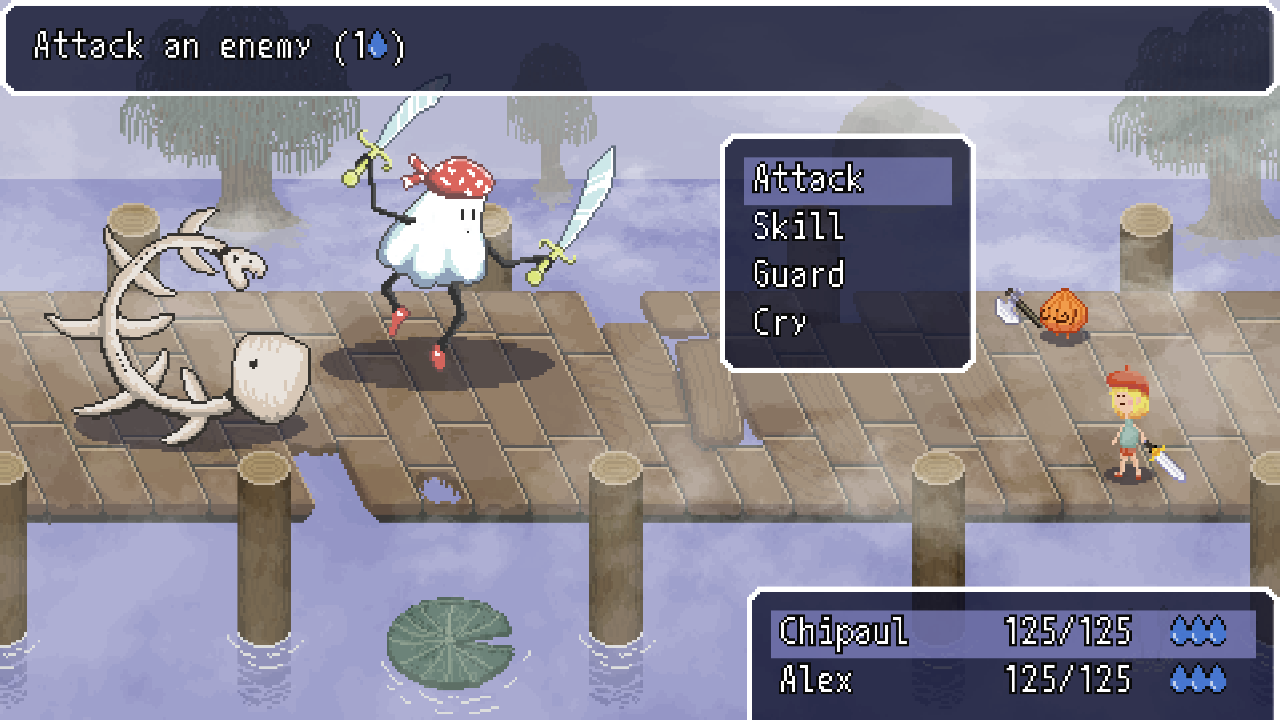
For RPG-2021-b, I tried my hand at 16-bit pixel art, moving away from the 8-bit style of Lands of Ambustio. It was a fun yet challenging switch, needing a close eye for detail. I’ve made some decent pixel art but know there’s a tough road ahead, especially when it comes to designing truly interesting enemies, environments, and characters.
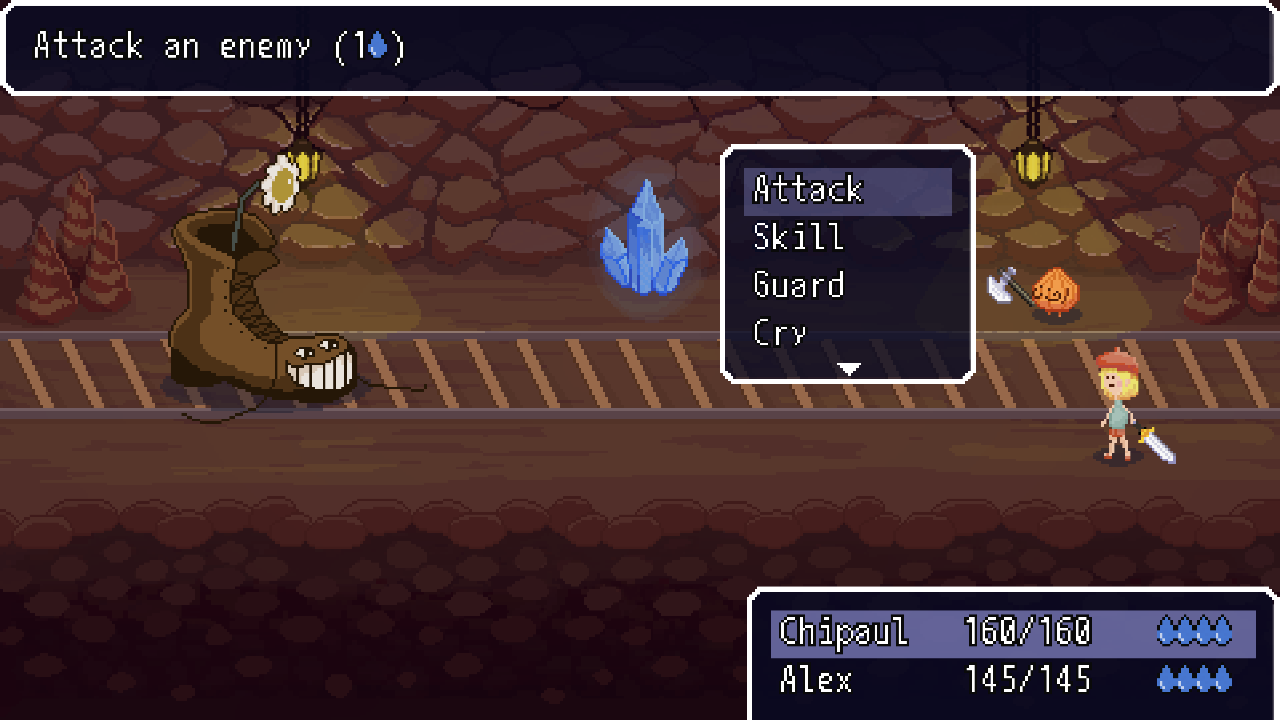
Since RPG-2021-b is only going to be a short experience, I decided to keep the game design relatively simple. Even if it meant leaving out some features like equipment and items, it helped me make the game experience more focused and straightforward.
Writing the story and dialogues turned out to be tough. Creating a good story and interesting dialogues requires a lot of practice and time, but I love storytelling and I’m all set to get better at it.
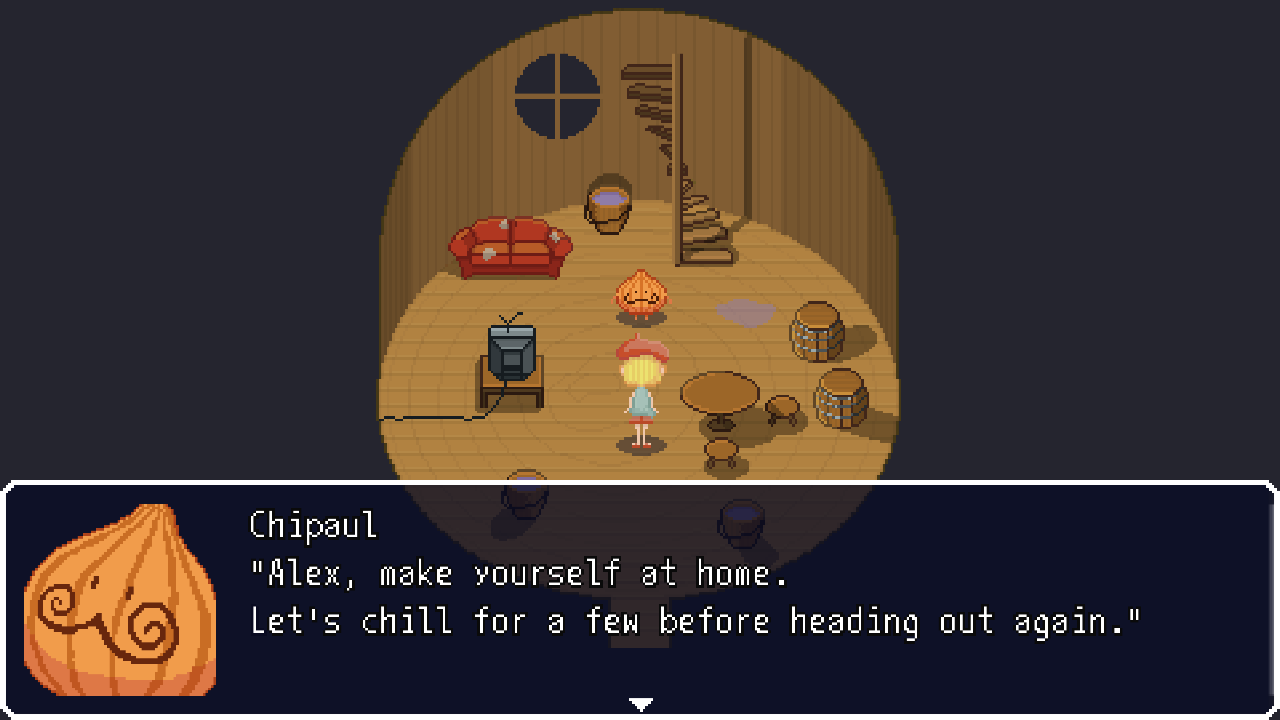
My drive for working on RPG-2021-b has had its ups and downs since I began in autumn last year. I was super excited about the project until mid-December 2021. However, this year has seen a mix of good and bad days – I had a great run from March 2022 to September 2022. But, after a long day at my regular job, sometimes I just didn’t have the energy to continue working on it. So yeah, procrastination kicked in.
When I was actively working on this, I kept sharing my progress nearly every week for #screenshotsaturday. Getting featured on Rock, Paper, Shotgun (RPS) was a huge morale boost!
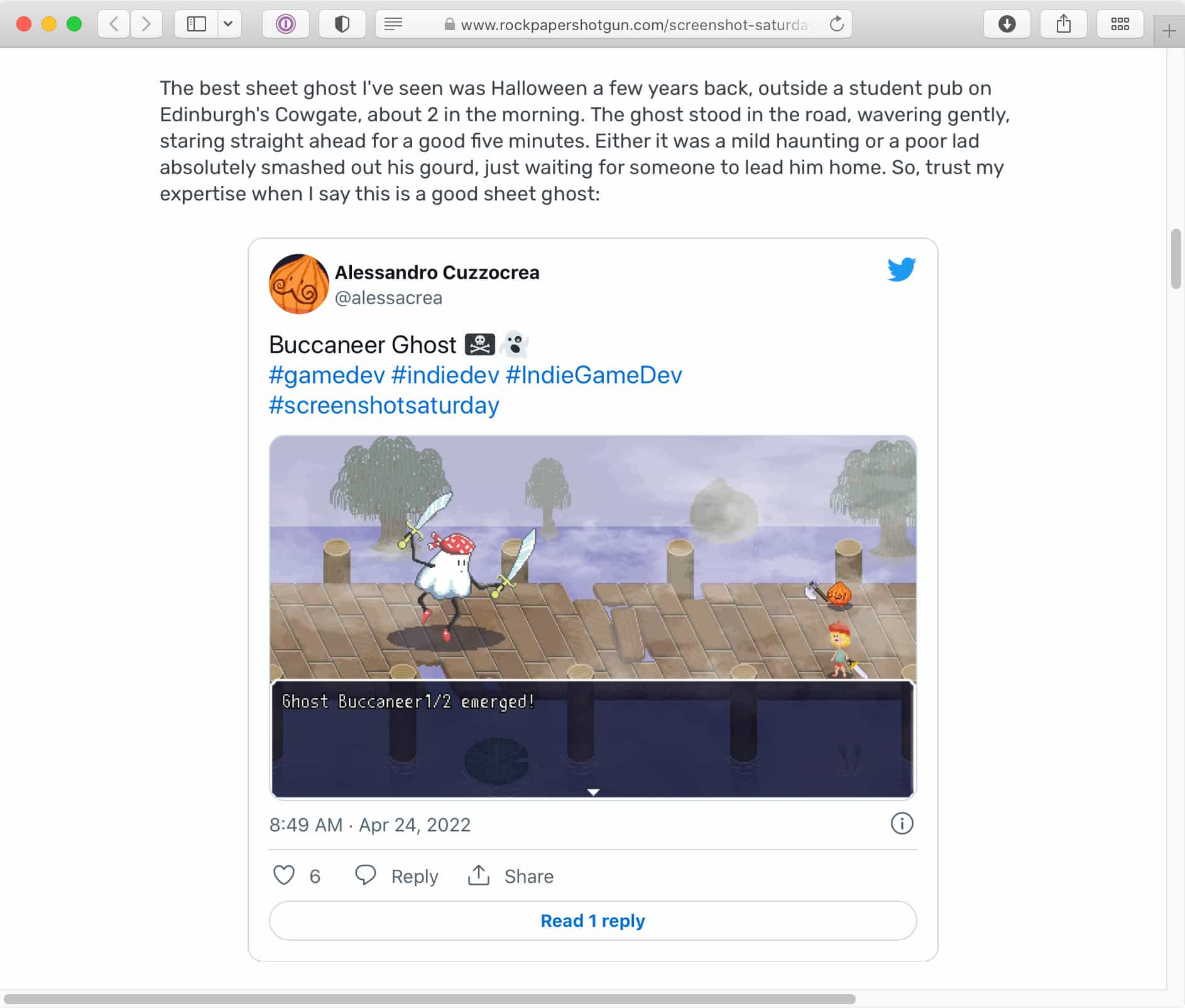
I’m still working on a name for the game. For now, RPG-2021-b is just a placeholder. I’ve thought of names like Tears RPG or RainFog. Naming a game is a journey of its own, but I’m getting closer to finding that perfect name.
Looking forward, I’m excited yet aware of the challenges that lie ahead. I’m looking forward to what the new year has in store for RPG-2021-b, and I can’t wait to share my work with everyone.
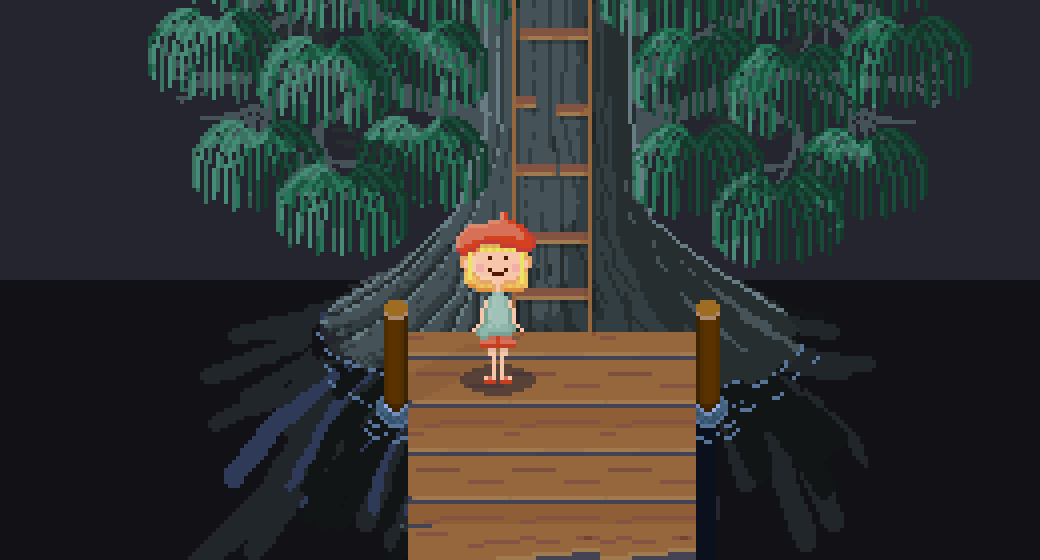
Ludum Dare 50
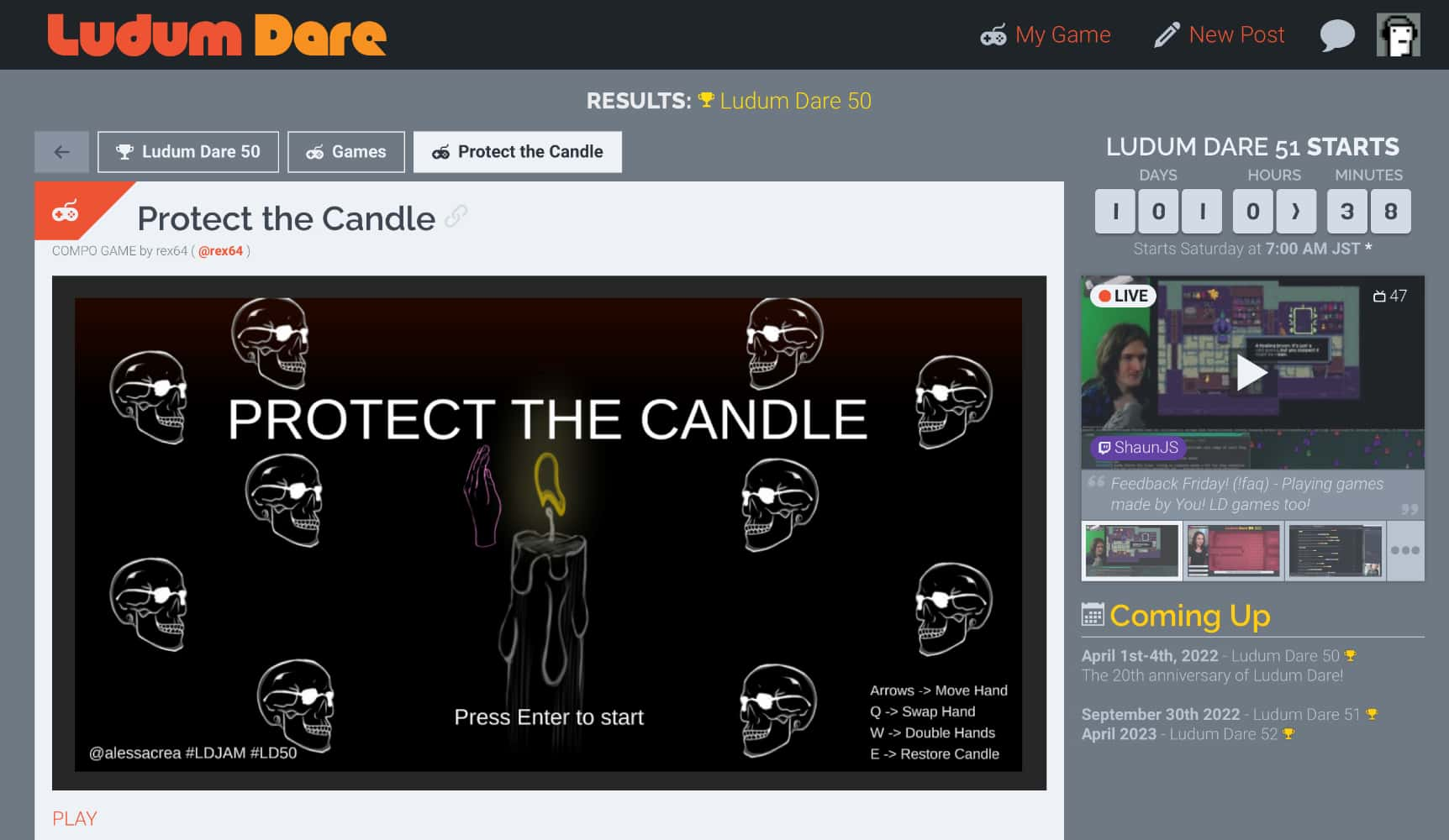
I joined in on this year’s Ludum Dare game jam, celebrating its 20th anniversary with the Ludum Dare 50 event. The theme was “Delay the Inevitable”, but I had a hard time coming up with an exciting idea.
Unfortunately, my performance wasn’t as good as before, and many people commented that my game controls were confusing. This experience taught me the importance of identifying and fixing unclear game mechanics. It also sparked my interest in “intuitive game design” – should I explore this idea further and share my findings in a blog post?
If you want to learn more about my experience during Ludum Dare 50, don’t hesitate to check out my detailed write-up.
Advent of Code 2022
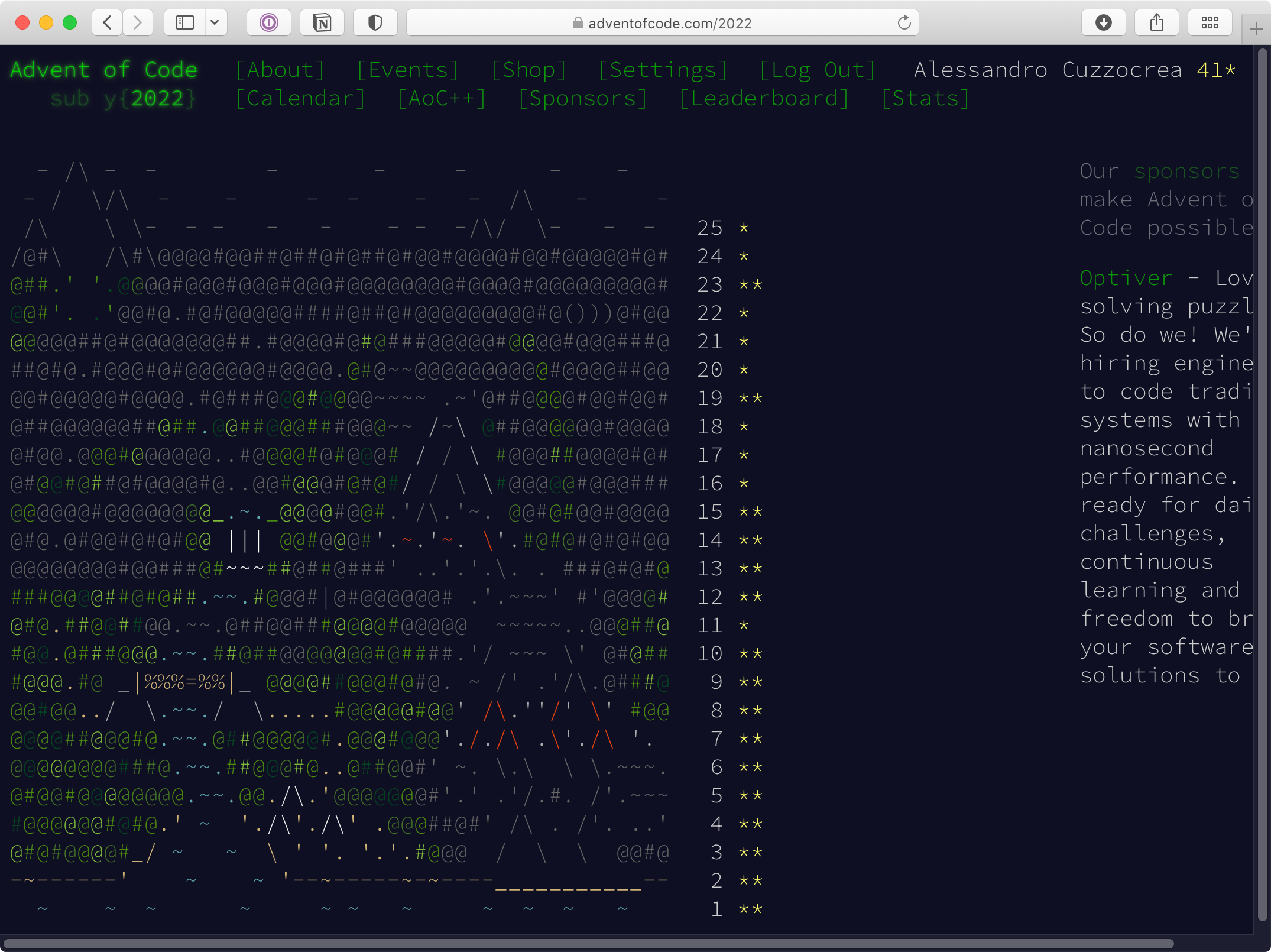
I took part in this year’s Advent of Code (AoC), an annual Christmas-themed programming competition created by Eric Wastl in 2015. Just like an advent calendar, a new puzzle unlocks each day, making the entire event an exciting countdown to Christmas. Each puzzle has two parts: the first one is generally straightforward, while the second part adds complexity, often making brute force solutions less effective. I found myself engrossed not only in coming up with initial solutions but also in refining them.
I managed to complete all the standard challenges and several advanced ones, collecting a total of 41 stars out of 50. The spatial problems particularly intrigued me, with the elevation and sand puzzles leaving a lasting impression. The CRT puzzle was another good one.
While the early puzzles were relatively easy, the difficulty quickly escalated. By the end, I confess, I felt somewhat burned out. The puzzles were sometimes vague, and some examples did not cover all corner cases.
I used C# for this year’s AoC, a language I hadn’t worked with in a while. My productivity experienced a significant boost, and I fearlessly refactored my code. Unit tests were particularly useful on many occasions. C# and the .NET platform are amazing, and I wish I could use them in my day job.
This wasn’t my first AoC experience. I initially participated in 2019 using Ruby but had to stop after the fourth day due to other commitments.
I might participate in AoC again next year, potentially exploring a different programming language. As for the puzzles I couldn’t solve this time, I plan to revisit them next year if time permits.
One takeaway from my AoC experience is the importance of adaptability in problem-solving. It’s crucial to try multiple approaches and know when to abandon a dead-end and try something else. If you’re ever stuck on a problem, visualization can be a game-changer - debugging the solution visually was my secret weapon on more than one occasion.
Feel free to check out my AoC 2022 solutions.
Digital Garden
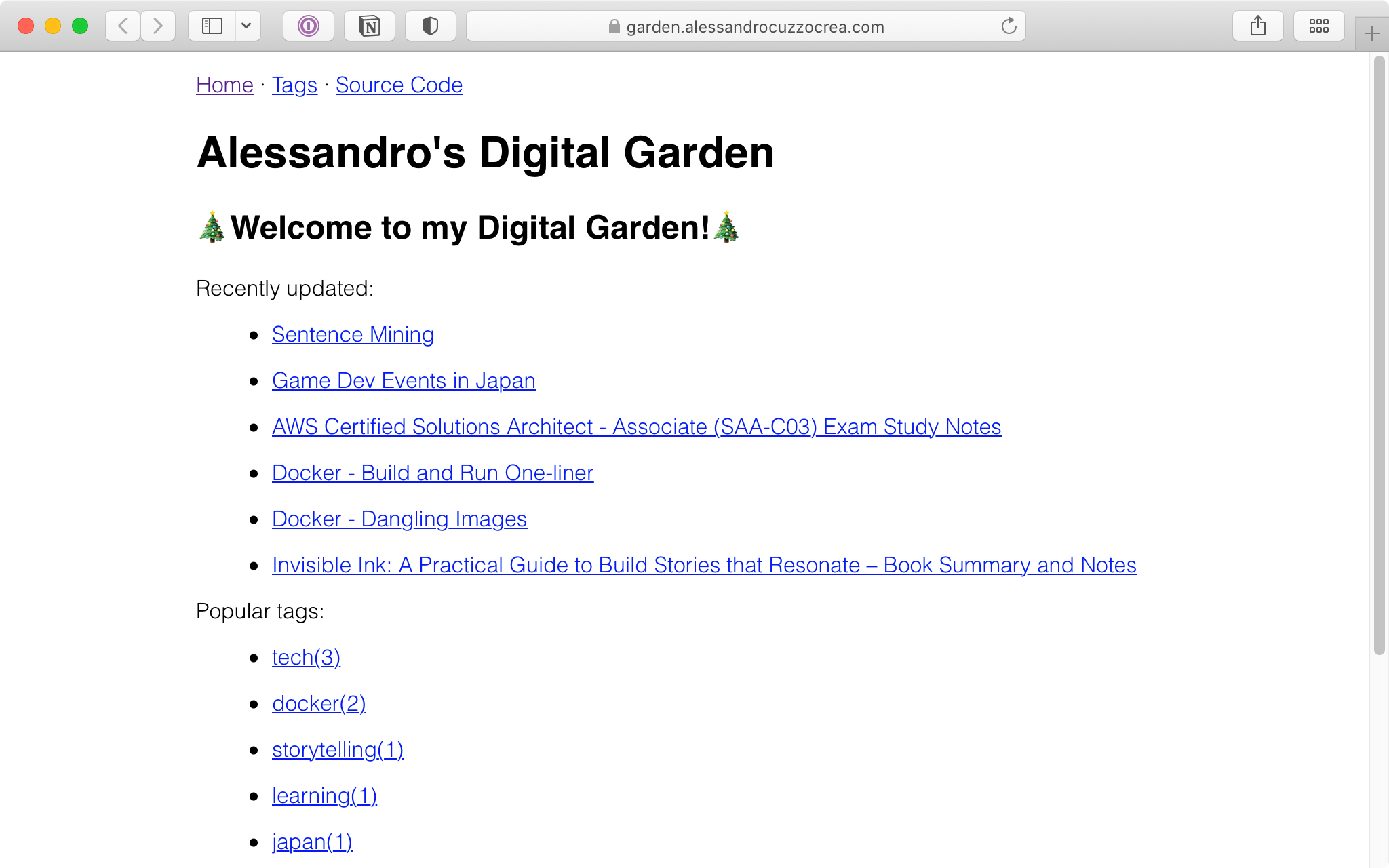
I often find myself with lots of half-written notes scattered around, some of which I even forget that I’ve written. That’s why I decided to create a digital garden, which is essentially a collection of interconnected notes and thoughts. It’s a space where I can put my random ideas that may not necessarily be full-fledged blog posts but still have value, similar to a personal wiki.
Currently, it’s just a bunch of random markdown notes that I had on my PC. That said, my goal is to continue adding to my digital garden over time and eventually grow some of the notes into well-written posts. I expect to forget about it and abandon it in a few months, given my track record.
I generated my digital garden using 11ty, a static site generator written in JavaScript that I found to be pretty flexible, fast, and leverages the vast JavaScript ecosystem. I’ve been using Hugo for a couple of years now and while appreciate its qualities, I switched to 11ty for this project because Go templates used by Hugo are a bit too complicated and verbose to work with compared to other templating languages.
If you’re interested, you can visit my digital garden here: https://garden.alessandrocuzzocrea.com.
Art Struggle
It’s so frustrating that I can’t seem to focus on practicing drawing as much as I’d like.
I’ve been trying to learn how to draw for roughly 7 years now. I gained some momentum last year but lost it completely, doing almost no practice this year. Starting is just so hard for me. When it comes to sitting down and just drawing, I hit a huge mental block.

My room doesn’t help the situation. With a small desk and bad lighting — relying solely on my ceiling light — my body casts a massive shadow on the paper. It’s especially irritating because, on those rare occasions when I can surpass this initial block, I find genuine enjoyment in practicing drawing. Practicing digitally comes with the same block.

I’ve tried tricks, like leaving my drawing supplies out for easy access, but they didn’t work. The Pomodoro Technique brought me some success before, but it doesn’t work anymore.
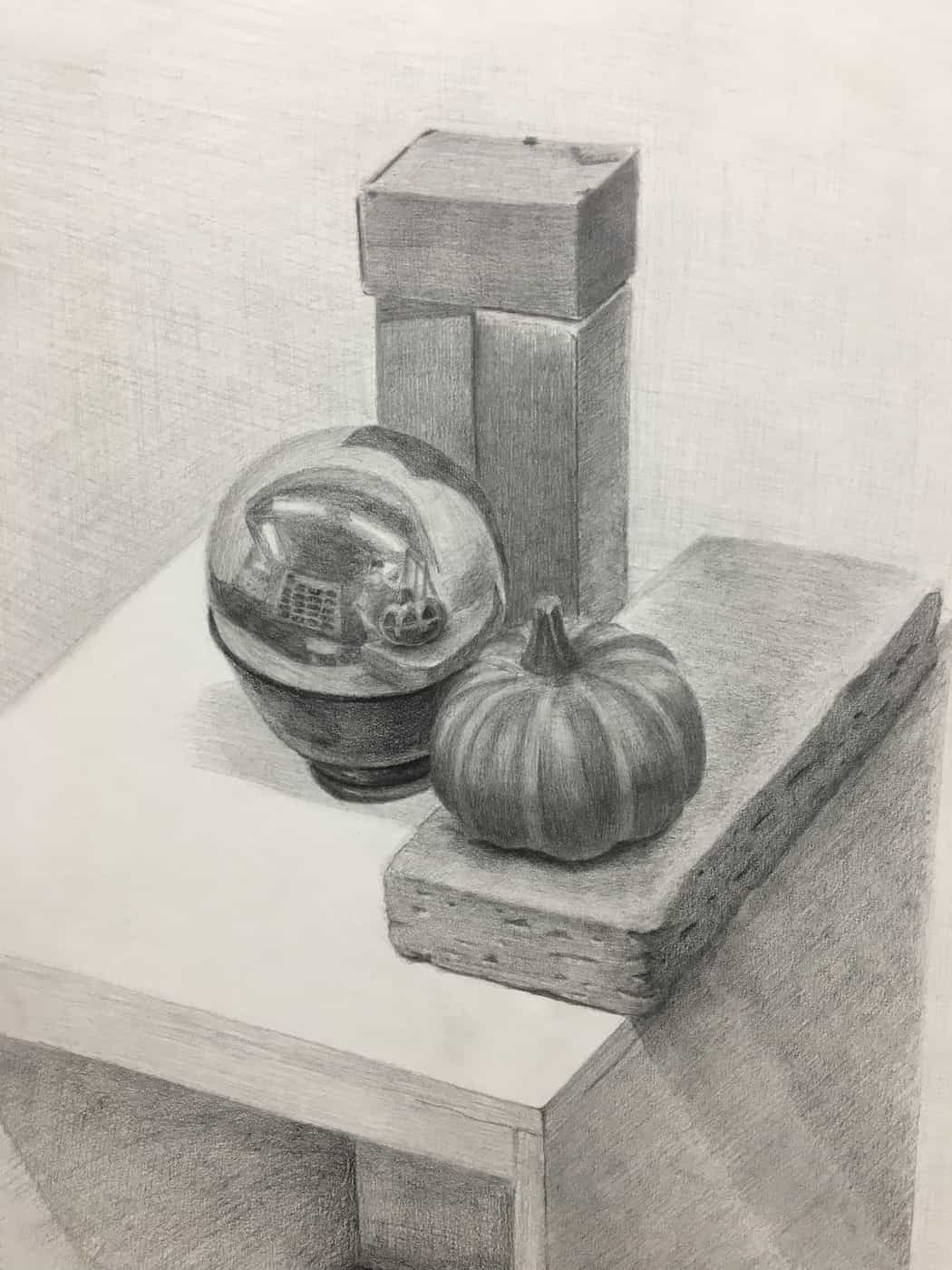
I can’t quite pin down why I’m having so much trouble with it. Maybe it’s because I’m afraid of failure. Maybe it’s because I’m not as skilled as I want to be. Maybe it’s just laziness.
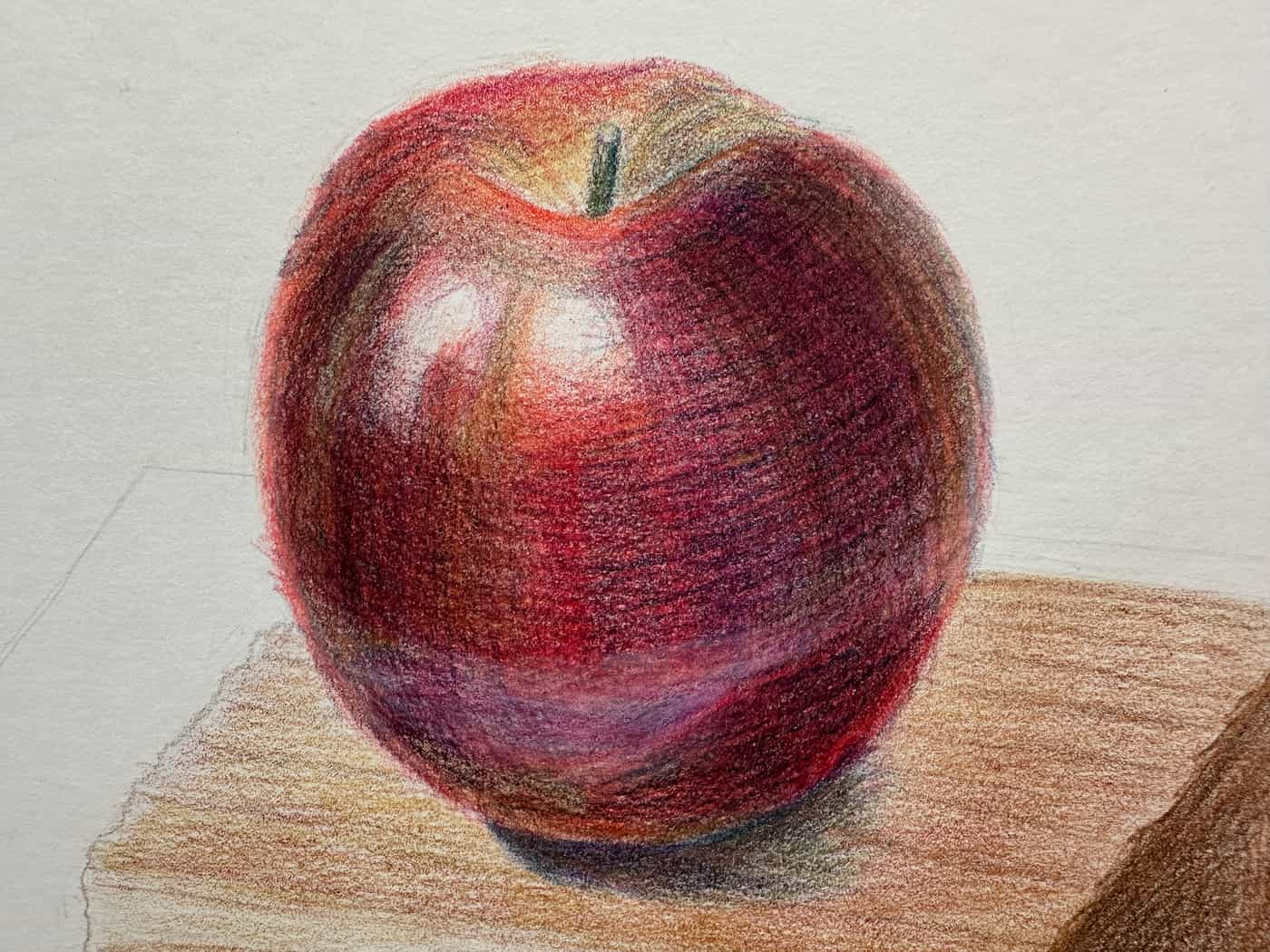
I suppose my brain treats practicing out of my comfort zone like a pain signal and tries hard to avoid it at all costs – but I know that it’s the only way to grow and improve.

I really need to do something about this.
Radio Silence
I tried to tackle my habit of procrastinating online with a piece of software called Radio Silence. This application essentially serves as a per-application firewall, designed to limit internet access for specific applications. My idea was to block all my web browsers after 9 pm, believing it would carve out a chunk of distraction-free time for productivity or relaxation without the constant digital buzz.

However, the experiment took a nosedive when I realized how much I depend on the internet for various tasks, especially those related to work, which often involve web-based tools. So, despite initial enthusiasm, I stepped back from the idea of internet-blocking. It might be something to revisit in the future with a different setup, perhaps using alternative tools like SelfControl.
iPhone 14 Pro
I’ve been using an iPhone 6s as my daily driver for about seven years now, and didn’t really intend to upgrade just yet. However, recently my iPhone 6s’s cellular 4G connection (WiFi was working fine though) started to become unstable. Sometimes, I would nearly lose the signal entirely when outside my apartment and couldn’t connect at all. On top of that, the battery started draining super quickly even though I had it replaced just a couple of years ago. The phone was quite old, and I feared it might suddenly stop working. Also, the iPhone 6s would no longer receive major OS updates after iOS 15, which was another reason for me to consider upgrading.
So, I pulled the trigger on the iPhone 14 Pro.

Here are my impressions after approximately 2.5 months of usage:
The phone is significantly heavier, which I hadn’t considered when choosing this model. I thought I’d adjust to the weight over time, but it’s something I notice every time I pick it up.
The protruding cameras are quite noticeable. I was already not really happy with my iPhone 6s’s camera slightly sticking out, preventing the phone from lying flat. Modern phones have taken this to the next level with their humongous camera systems.
The material on the back feels strange to the touch. I still haven’t gotten used to it.
The frontal speaker hole is a lint and dirt magnet. It’s a small issue but pretty noticeable.
I’ve also found the screen’s rounded corners a bit too extreme for my taste. It somewhat makes the screen feel cramped, although theoretically, it doesn’t affect screen usability or function.
The flat sides of the iPhone 14 Pro are more comfortable to hold than the rounded edges of the iPhone 6s, and are less slippery.
Overall, minor nitpicking aside, I love the design. It feels like an oversized iPhone 4s, which, to me, was peak iPhone design.
The initial setup was very quick. I skipped data transfer from my old phone to start fresh, and just logging in with my Apple ID brought over the essential data.
It’s a given, but the speed difference compared to my old iPhone 6s is like night and day.
I found Face ID (iPhone’s facial recognition unlock feature) quite underwhelming. The brief moment of uncertainty, not knowing whether it will unlock or prompt for a passcode, detracts from the user experience. This is particularly the case when the phone is lying flat, or in scenarios where bringing it close to my face isn’t feasible. Face ID necessitates precise positioning, which can be inconvenient. In comparison, Touch ID was significantly more reliable and quicker.
The 120Hz display with adaptive sync (or ProMotion, as Apple calls it) is good. It enhances the fluidity of iOS’s UI animations and really brings them to life.
Battery life is decent, providing 2-3 days of light usage without much trouble.
This is my first iOS device without the home button, and I really miss it. I find it too easy to make mistakes with the gesture-based UI, though the UI animations are very intuitive and helpful.
The camera performs decently with good sunlight but struggles in low-light conditions. While it’s definitely an upgrade from the old 6s, it doesn’t compare to a decent DSLR. Even my old 2006 Canon EOS Kiss Digital X takes better pictures. The macro mode is a delightful feature to have on hand, making it great fun to explore the small details of the world anytime, anywhere.
In conclusion, I’m enjoying my new iPhone 14 Pro. I’m not really a smartphone person, so a mid-range Android could have been an alternative if not for my deep integration into the Apple ecosystem. The notch was also a deterrent from choosing the 14 non-Pro model — it is an abomination, and I’m glad I managed to avoid it.
My curiosity about the LiDAR camera, especially the prospect of turning real objects into 3D models, was one of the reasons I opted for the Pro model. Although, I haven’t had the time to delve into this feature yet.
I hope this phone will last me at least 6-7 years.
A Thread Across the Ocean
I came across a post on HN about an oceanic internet cable and got interested. I picked up the book A Thread Across the Ocean and was immediately captivated by the amazing story of the first transatlantic telegraph cable and the incredible people who made it happen.
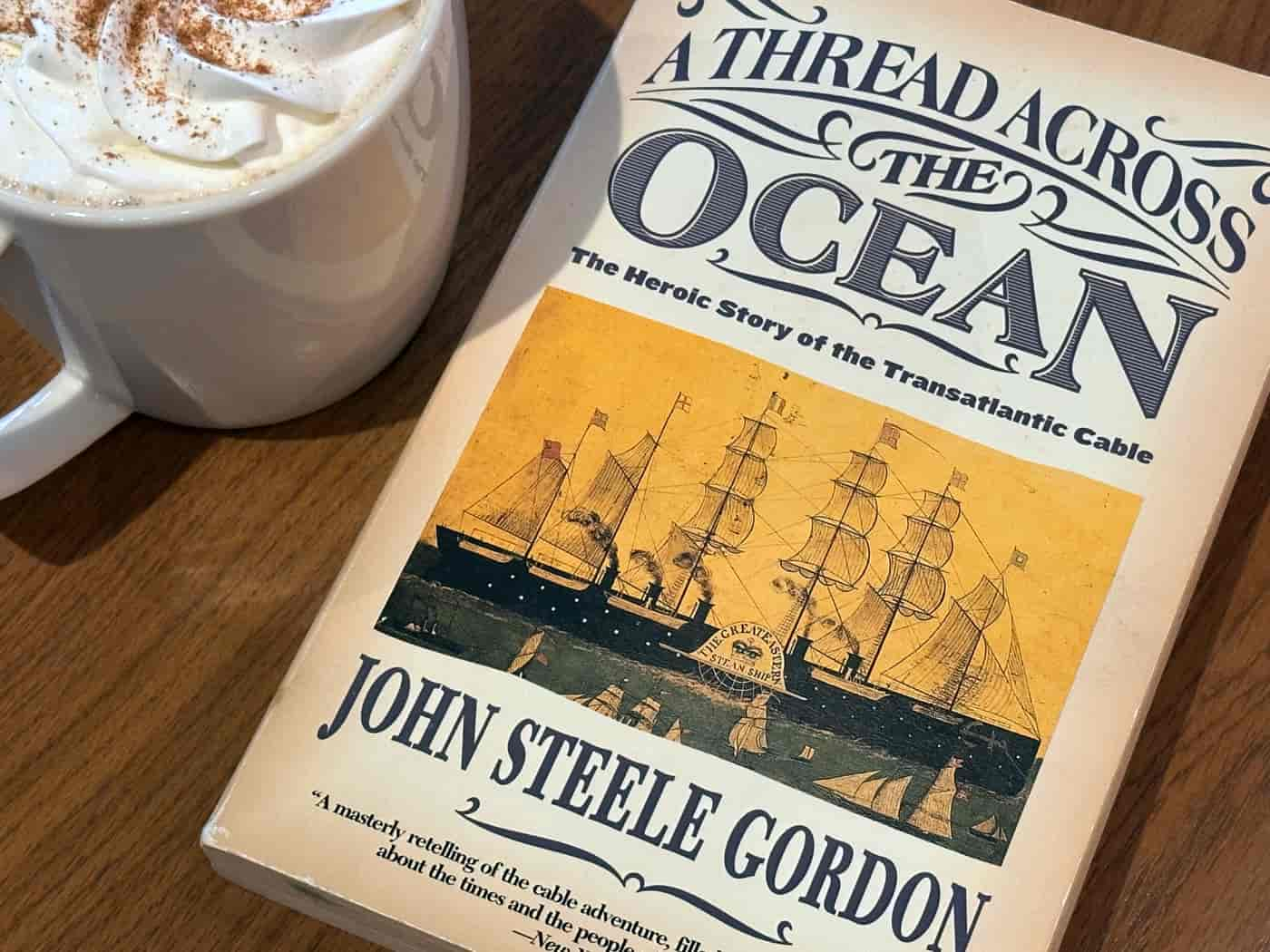
The book tells the story of how the first transatlantic telegraph cable revolutionized communication between North America and Europe. The project took over a decade to complete, starting in the mid-1850s and succeeding in 1866. Overcoming the technological obstacles of the time required immense physical, financial, and courage.
The book highlights the importance of perseverance and learning from failures. Cyrus Field and his team faced multiple setbacks before finally succeeding in 1866, showcasing the resilience and perseverance of the people involved in making the cable a reality and the power of collaboration and innovation.
As I read the book, I couldn’t help but draw parallels between the challenges faced by the engineers who laid the cable and those faced by modern engineering organizations. Speed and efficiency are often prioritized over quality, resulting in rushed and subpar products.
Overall, A Thread Across the Ocean is an inspiring read that accurately portrays the ingenuity and perseverance of the human race. It’s an excellent choice for anyone interested in history, technology, or entrepreneurship.
Kirby Discovery

I played and achieved 100% completion in Kirby Discovery, alternatively known in the West as Kirby and the Forgotten Land. This installment, commemorating the franchise’s 30th anniversary, marked the first time a mainline Kirby game explored full 3D space, evoking vibes of Super Mario 3D Land.
The gameplay is super smooth, introducing a fun dodge roll mechanic and a whimsical new ability: “Mouthful Mode.” In this state, Kirby morphs into the shape of an object he inhales, rather than simply swallowing it, unlocking a variety of unique gameplay opportunities. The “Car Mouth,” for instance, is especially wacky and adorable.
The game offers a great co-op option, allowing a second player to join as Bandana Waddle Dee, wielding a mighty spear.
The level design radiates creativity, a staple of Nintendo games, concealing secrets that demand clever exploration to uncover, and providing additional content post-main game that often ramps up the challenge.
Set in an unconventional post-apocalyptic setting, the game crafts a uniquely distinct atmosphere, weaving in deeper and somewhat bonkers lore, which I loved.

The art style and graphics are top-notch, as one might expect from a Kirby game. I was particularly struck by the lava shader, which is genuinely impressive. This game showcases many excellent shaders, and I’d love to delve deeper into studying them when time permits.
The soundtrack doesn’t disappoint either. The incredibly catchy main theme song, “Welcome to the New World!”, not only serves as the opening and end credits theme but also as a delightful leitmotif across various tracks throughout the game’s soundtrack.
In conclusion, Kirby Discovery stands out as a delightful 3D platforming experience, weaving an enjoyably creative gameplay journey that appeals to all age groups. I’m certain that my 10-year-old self would have happily played and replayed this for months on end, without ever growing tired of it.
Severance
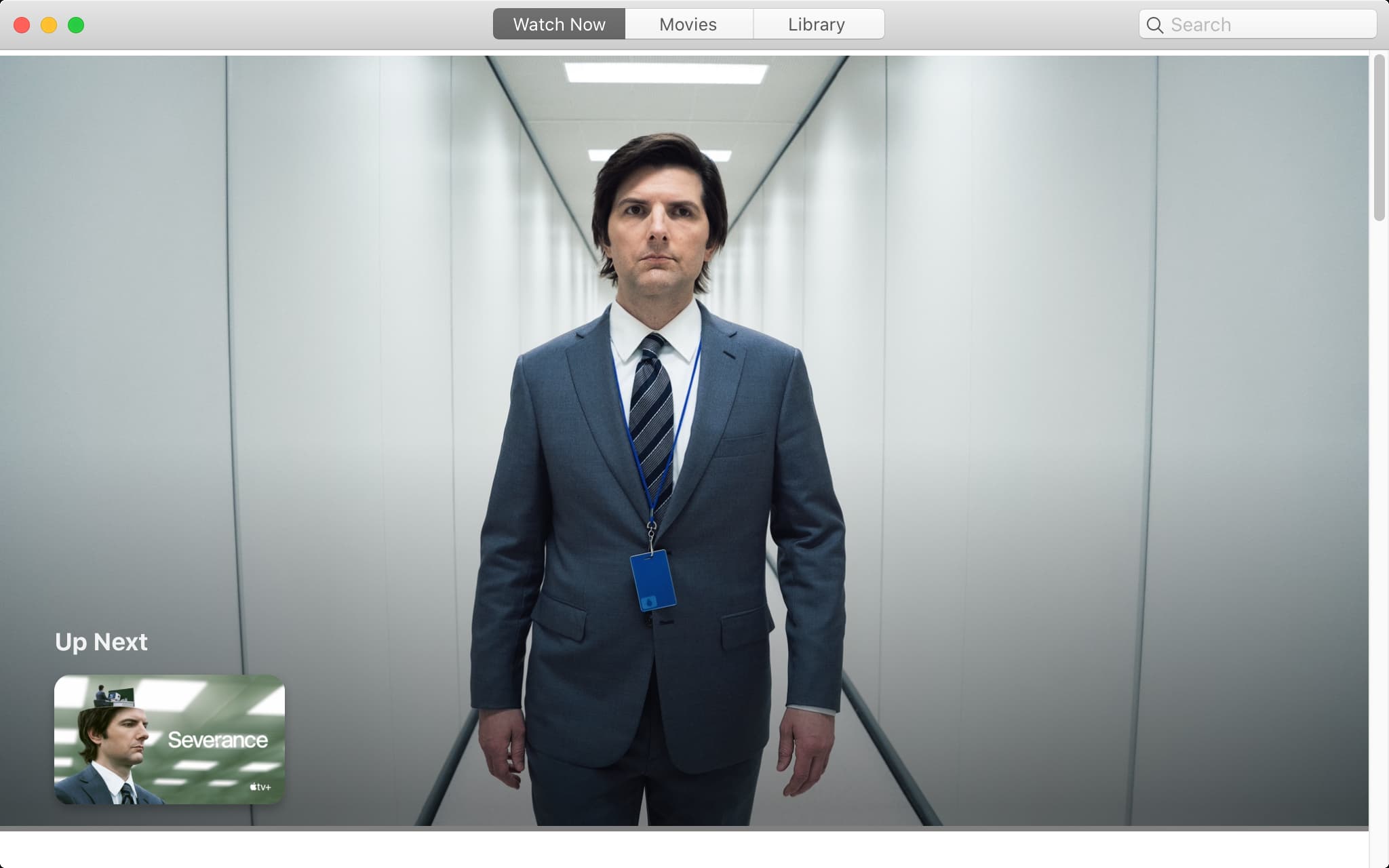
Severance is an excellent TV series that premiered on Apple TV+ earlier this year. It has quickly become one of the most engaging shows in recent times.
The series astutely discusses issues related to toxic work culture, but it refrains from directly criticizing work or capitalism. It offers a critique of the common white-collar workplace and the dehumanization that comes with it, presenting the harsh reality of sacrificing personal life to a dull and soul-sucking job.
Every element of Severance is expertly crafted. The story, the music, sound, and acting - everything is top-notch. The opening credits are striking, and the music by Theodore Shapiro greatly enhances the show’s atmosphere. Its haunting resonance lingers even after the show ends.
One of the unique aspects of Severance is its ability to effectively convey varying emotions and tones without relying heavily on any particular element. The show maintains a consistent aesthetic throughout, which adds to its overall appeal. This coherence in style and atmosphere enriches the viewing experience.
The first season concludes with a thrilling cliffhanger. I absolutely can’t wait for season 2 and hope it maintains the exceptional quality of the first season.
I recommend watching Severance without viewing trailers or spoilers first - it’s worth the surprise. If you’re seeking a standout TV show with a strong story, pertinent social commentary, and high production value, Severance is a must-watch.
Sous Vide Cooking
After years of curiosity piqued by the intriguing method of sous vide, I finally plunged headfirst into this culinary adventure, investing in an inexpensive sous-vide circulator stick. It’s a fascinating device, deceptively simple to use, and it has transformed my kitchen into a kind of domestic science lab. The process of bagging food before its sous vide bath is oddly satisfying, a tactile enjoyment that adds to the overall culinary experience.
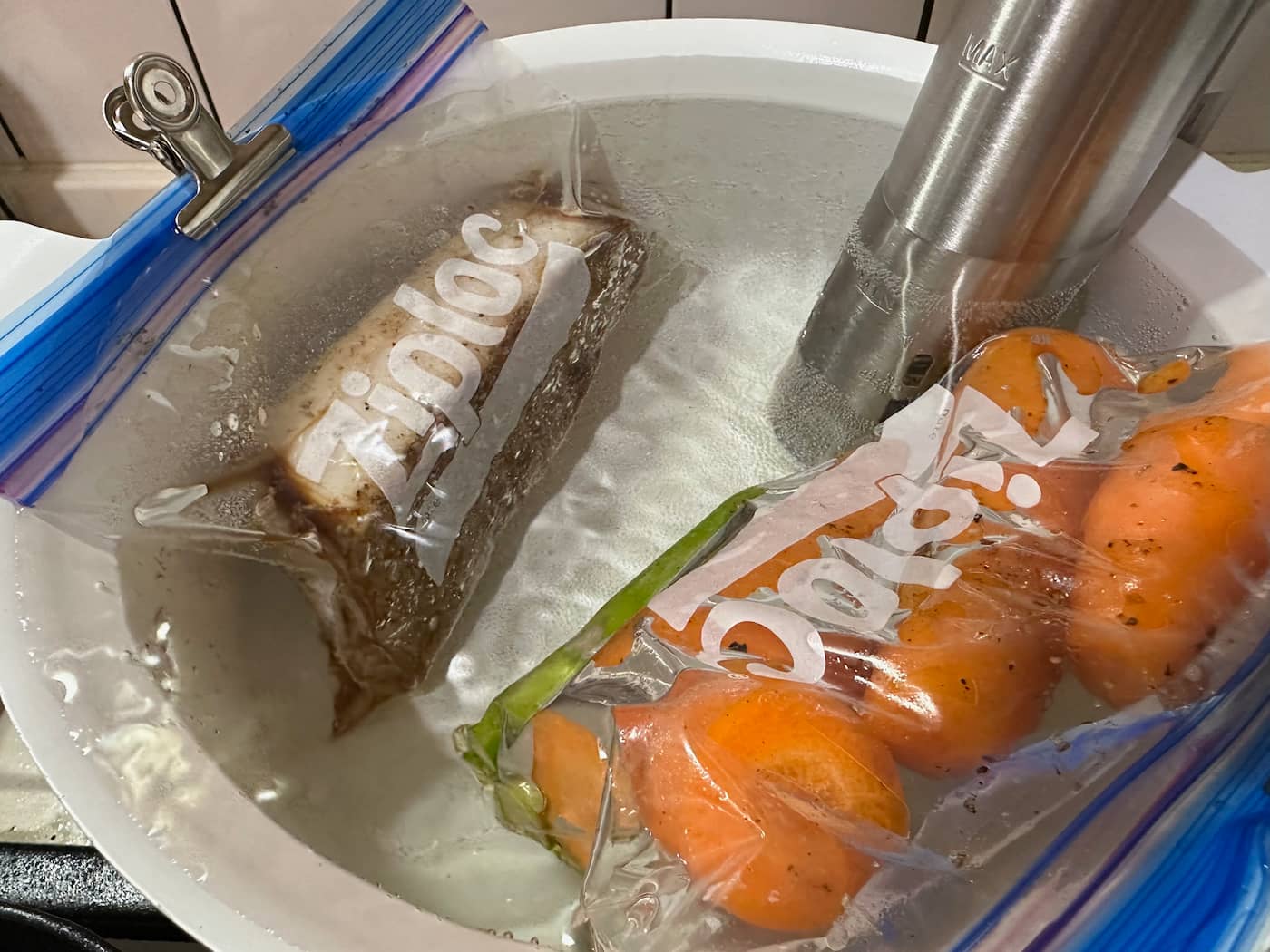
The results are nothing short of amazing. The meat comes out incredibly tender and juicy, as if it’s been pampered to perfection. Although I have to admit, I’m still honing my skills in the art of searing, especially considering my limited tools: a small skillet being my only ally. Despite these limitations, the sous-vide stick has already impressed me with its ability to deliver restaurant-quality dishes right in my home kitchen.

Finding thick cuts of meat, however, can be quite a challenge here in Japan, at least in the typical supermarkets and local butchers. As someone who’s not the biggest fan of red meat, my experiments have largely revolved around chicken. This method has opened up a whole new world of flavor, making chicken a delightful source of cheap and high-quality protein.
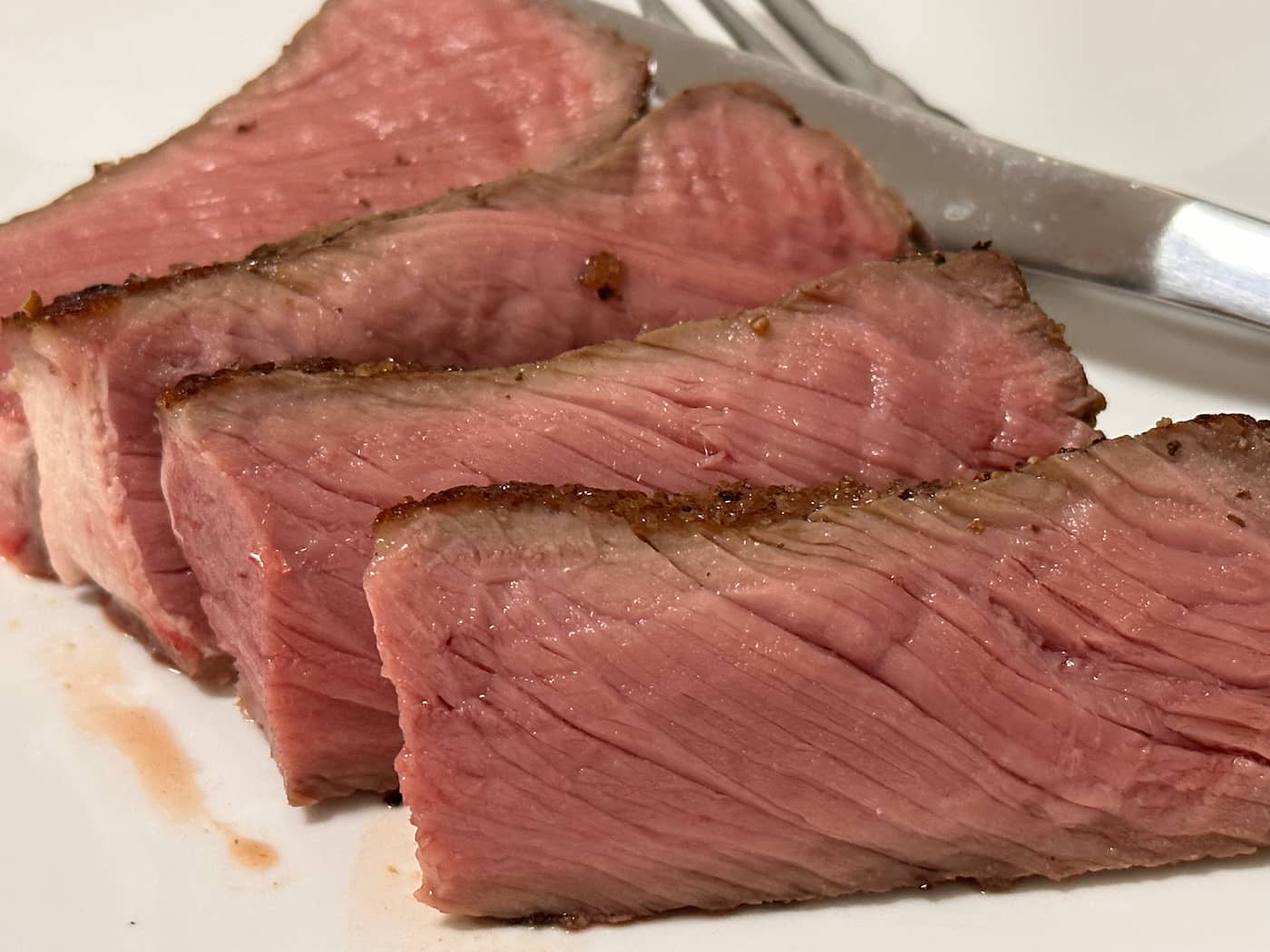
Yule Log (Bûche de Noël)
I can’t help but chuckle when I think about my attempt to make a Yule Log for this Christmas. Ever since I was little, I’ve been captivated by everything about Yule Logs - their shape, the festive design, and the way they bring such a special vibe to the holiday season.
So, I started by practicing with an easy roll cake recipe, which is pretty close to a Yule Log. To my surprise, the roll cake turned out great, giving me the confidence to tackle the real deal. But when the time came to make the actual Yule Log, I was in a rush and ended up making a massive mess.
Looking back, I see that my mistake was not taking enough time to prepare and practice. I was too hasty, and it showed. But hey, I learned from my mistakes, and I’m excited to give it another shot next year.

Overnight Oats
In our busy modern world, finding time to cook a healthy meal can often be a challenge. That’s why I turned to meal prepping and discovered the convenience of Overnight Oats. Overnight Oats have become my quick and healthy go-to meal. If you haven’t tried it yet, I highly recommend exploring different recipes and flavors that suit your personal preferences. It’s a straightforward way to streamline your day while still enjoying a nutritious meal.
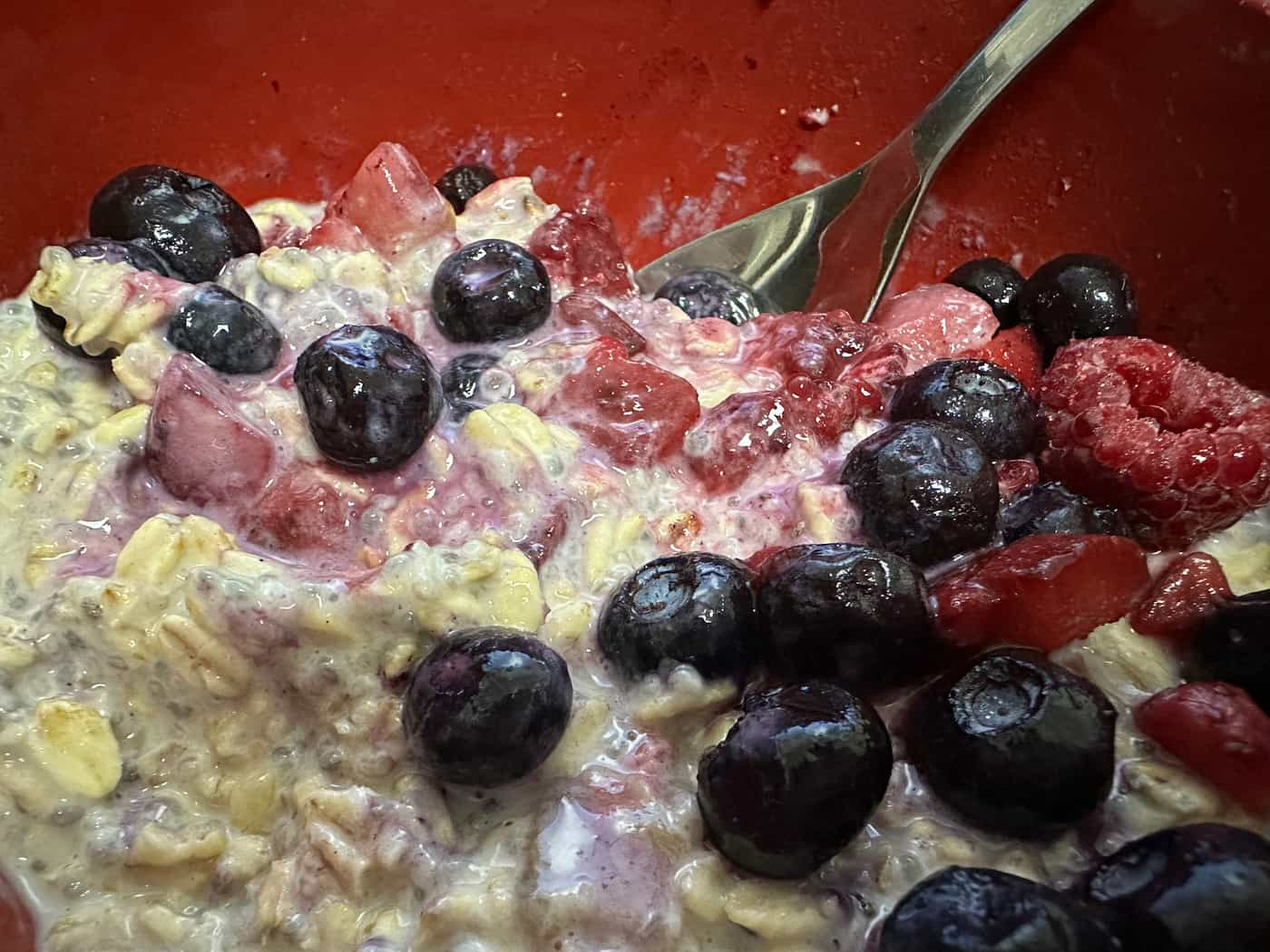
Overnight Oats can be prepared in minutes and will last for several days in the fridge. This is a convenient and time-saving option, especially when life gets hectic.
I’m also intrigued by the potential variations, such as adding grated apple or muesli to my Overnight Oats. These are tempting combinations that I plan to try soon.
Intermittent Fasting
Intermittent fasting has genuinely transformed my life for the better. For those unfamiliar, intermittent fasting is a lifestyle or dietary approach where you eat within a specific time frame during the day, typically an 8-hour period.
In adopting this method, I’ve developed a routine where I skip breakfast and only have my first meal around 1pm for lunch, with dinner following at 7pm. The key to this approach is to consume no calories outside of this designated eating window. Surprisingly, I don’t find myself feeling hungry, and my meals are sufficiently satisfying to deter me from snacking.
One of the most significant benefits I’ve discovered is the mental clarity that comes during my fasted hours. It’s as though my brain is operating at maximum capacity, and I often do my best work during this period. In fact, I’ve started postponing lunch as late as possible to make the most of this productive phase.
Another noteworthy aspect of intermittent fasting is the restorative break it provides to my body. Rather than constantly processing food, my system gets a chance to “clean up” and reset itself.
However, it’s worth mentioning that everyone’s physiology is different – what works for me might not work for you. It’s essential to find a rhythm that suits your needs and lifestyle. Additionally, be mindful of the potential pitfall of overeating during your eating period – it’s an easy trap to fall into if you’re not vigilant.
Giving Up Coffee
This year, I tried to cut down on caffeine by mostly giving up my morning coffee. Some people say it might be better to avoid coffee on an empty stomach, but it’s not super clear. So now, I only have one cup after lunch to help me stay awake during the afternoon.
But quitting all coffee, especially lattes, was too hard. A hot, creamy latte gives a special kind of comfort and is an occasional treat I’m not ready to give up. So, even though I’m drinking less caffeine, it’s definitely still in my routine.

Mother Museum
Visited the Mother Museum limited-time exhibition at Shibuya Parco in December.
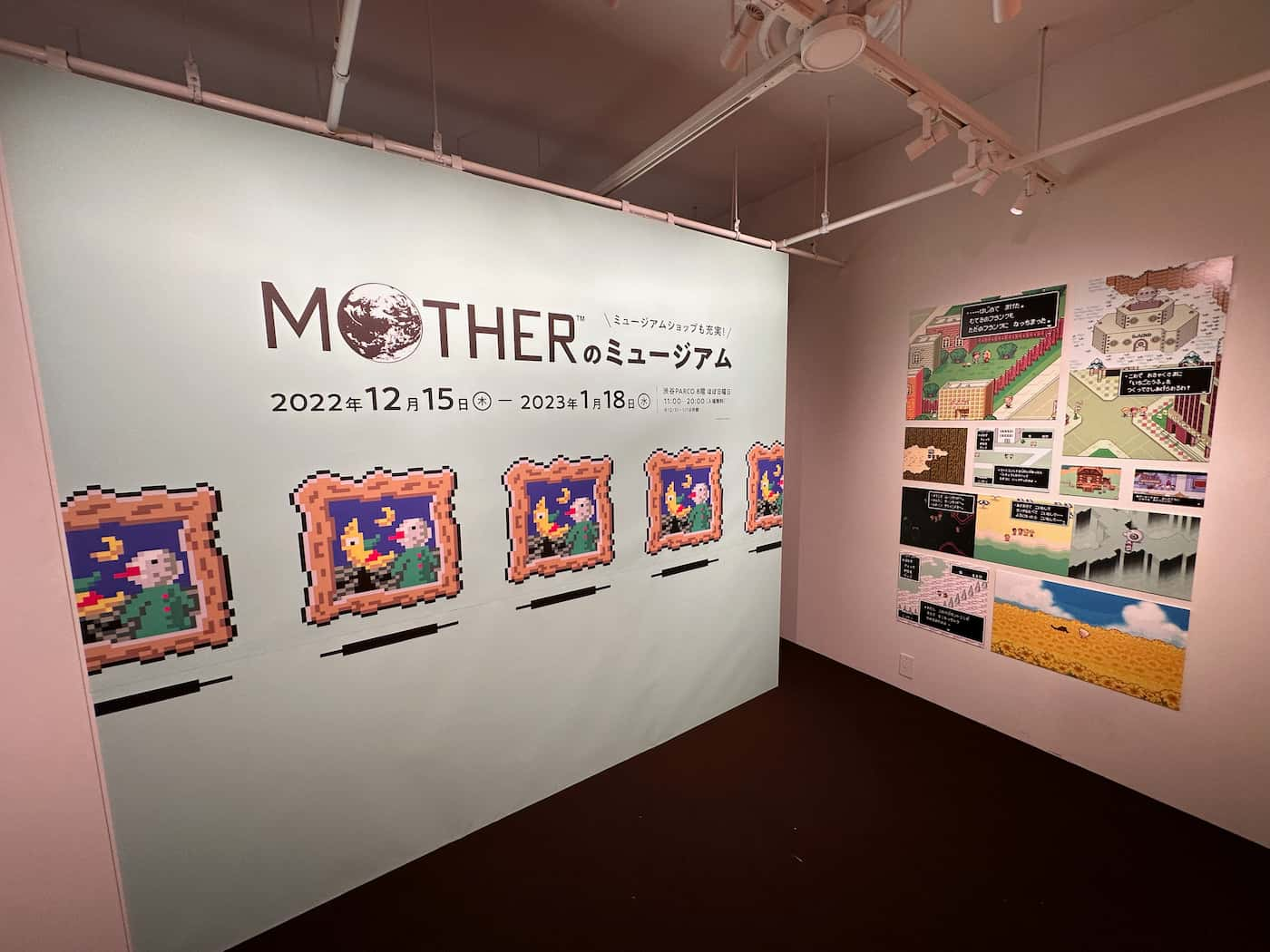
The video game series Mother, created by Shigesato Itoi and developed by Nintendo, is better known as Earthbound in the West and has a strong international fanbase.
The exhibition displayed maps from Mother 1, 2, & 3 and featured a small replica of the Mani Mani Statue.

The clear contrast in art styles between Mother 2 and 3 grabbed my attention: moving from the classic SNES 16-bit era graphics to the GBA’s look was an interesting shift in the series’ visual style.
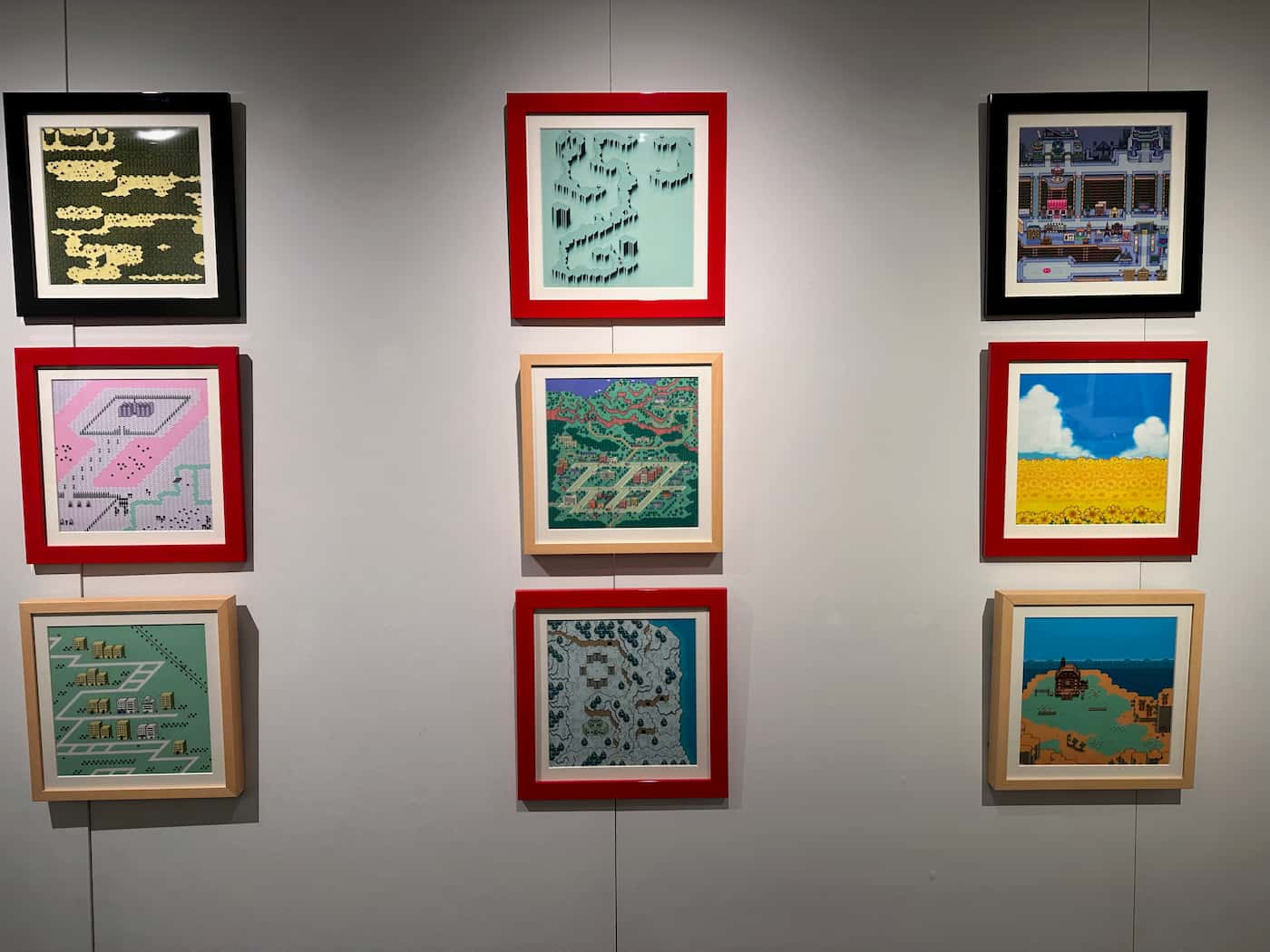
A gift shop at the end is common at these kinds of events, using tangible items to spark nostalgia and draw in purchases. In the end, a magnet plushie of Mr. Saturn, adorably sitting inside a trash can, made its way into my shopping bag.
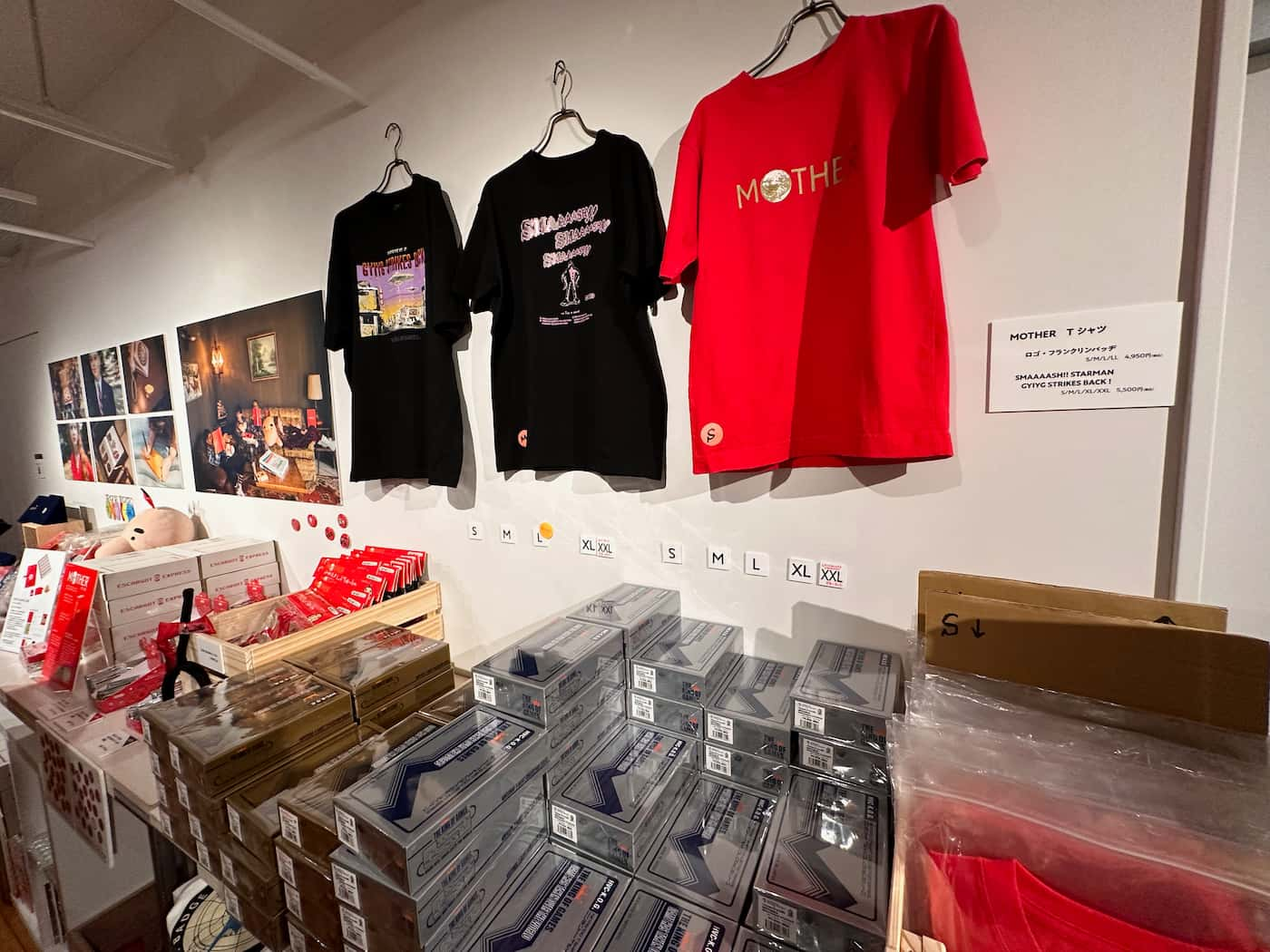
Visiting the exhibition really made me want to play all the Earthbound games again.
Super Nintendo World
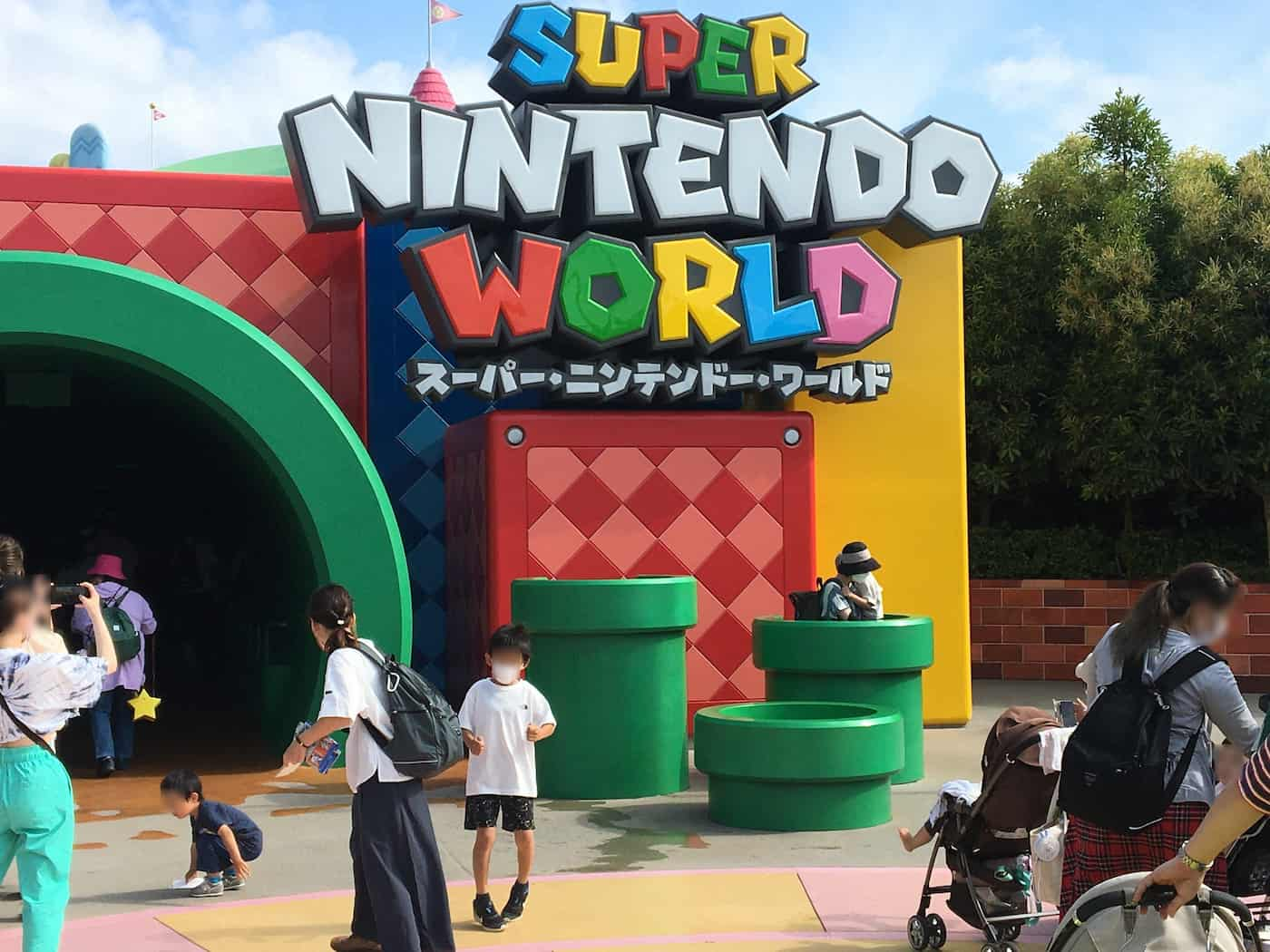
I was hanging out in Osaka for a weekend and decided to spend a day at Universal Studios Japan (USJ) – my first time there. I made sure to get there super early in the morning, right when the park opened. It was so cool to see the park kind of empty and stroll through it while it was still quiet.
My main goal was to check out Super Nintendo World. Having opened last year in March 2021, I was super excited to see it. And wow, it was awesome! They did an amazing job bringing the Mushroom Kingdom to life.

I tried out the Mario Kart attraction, which was cool, but, surprisingly, I liked the Yoshi’s Adventure attraction even more. It was a calm ride and felt like I was genuinely going on an adventure with Yoshi and his friends.
There were some activities in the area that required a “Power-Up Band,” an NFC wristband available for purchase inside the park, but frankly, it was a hard pass for me due to its somewhat steep price for what it was.
The food stalls right inside the area weren’t super big but offered some yummy stuff.
Super Nintendo World is smartly built. It’s not hugely spread out, but it utilizes vertical space a lot, which makes it feel bigger than it actually is.
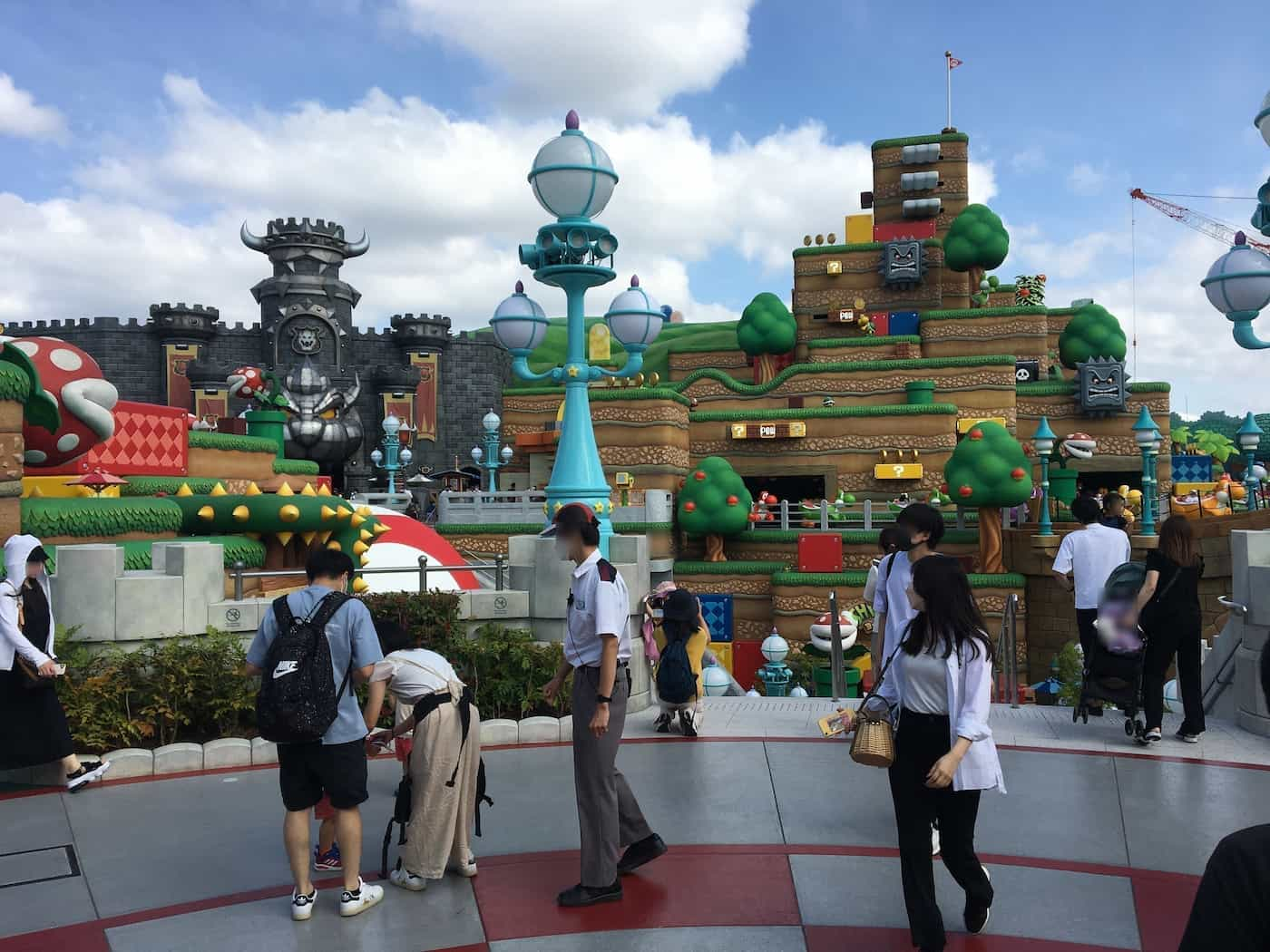

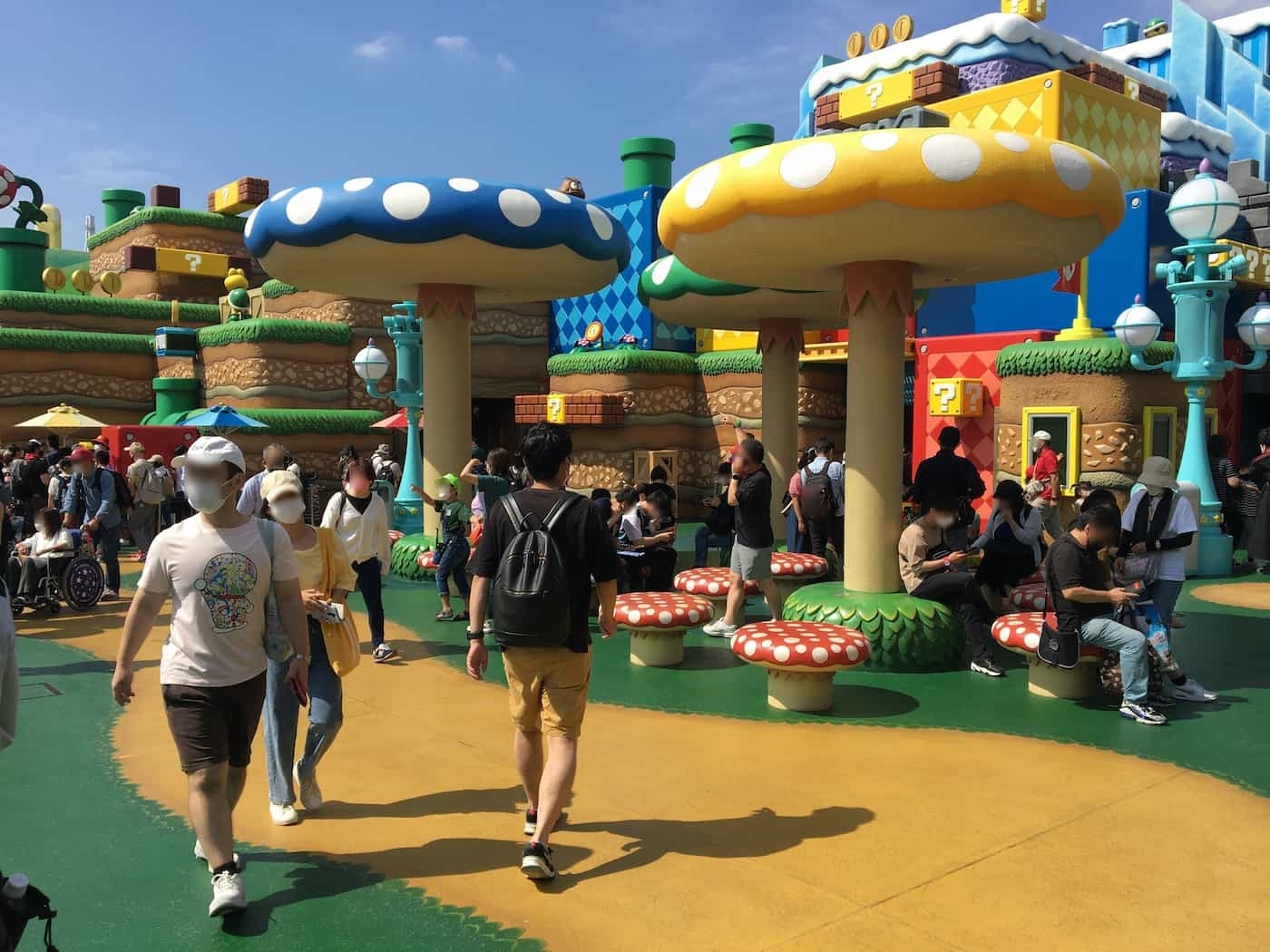
There’s a cool Super Mario-themed restaurant outside of the Super Nintendo World area which was worth a visit too!

I had an amazing day, even with a few minor hiccups. Can’t wait to go back someday!
A little tip if you plan to visit: Super Nintendo World might limit entry if it gets too crowded, so it’s a good idea to go early in the morning like I did.
Making It Too Easy to Spend Money
In the age of digital payments, spending my hard-earned money has become almost too easy with the convenience of credit cards, Apple Pay, Suica, and PayPay. The effortless nature of these payment methods causes me to reflect on whether making it harder to spend would encourage more saving. After all, the default mode should ideally be the one where I conserve the most, right? Using cash, despite being more cumbersome, could be one strategy.
I’m struggling to decide on the right approach – do I cancel my credit card, or perhaps deactivate Apple Pay? It’s a tough call. Moreover, the perpetual availability of unnecessary items online, accessible 24/7 with just a few clicks, adds another layer of spending temptation that’s challenging to navigate.
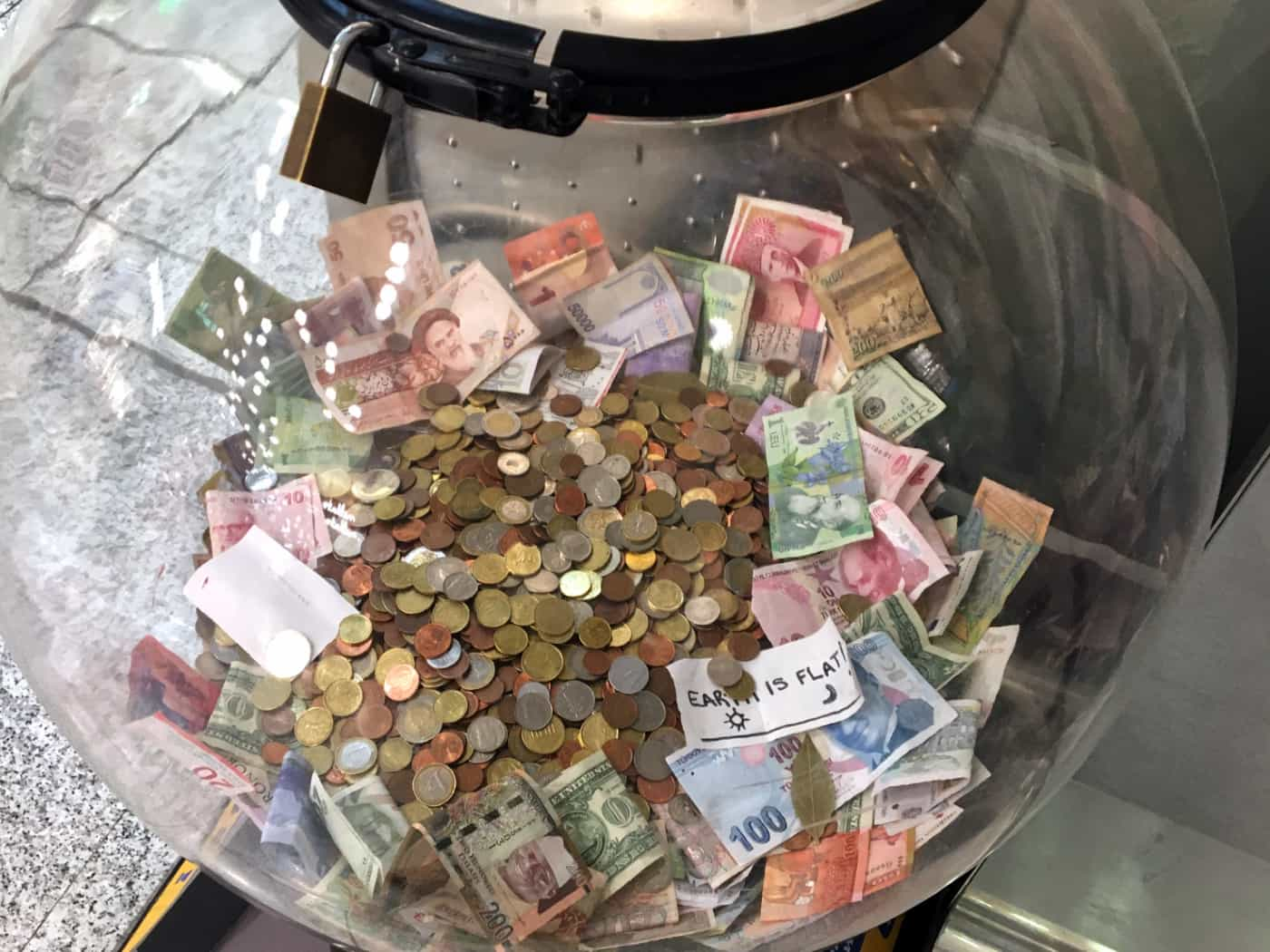
Apple Music Replay 2022
